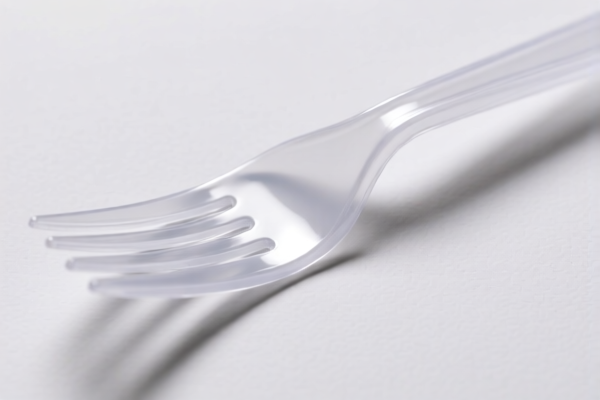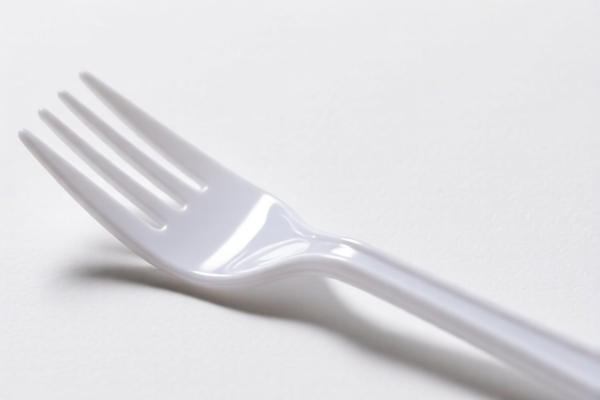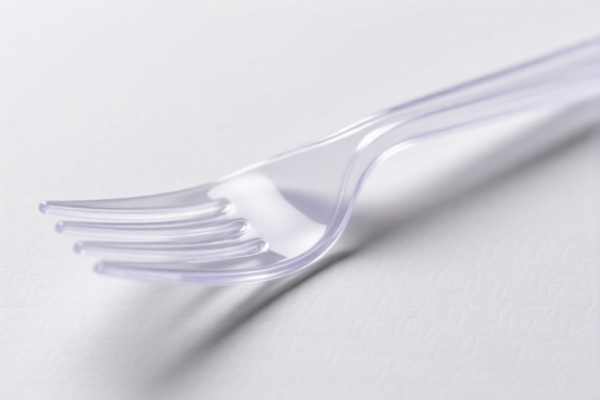Found 5 matching results
(CN → US)
| HS Code | Official Doc | Tariff Rate | Origin | Destination | Effective Date |
|---|---|---|---|---|---|
| 8215913000 | Doc | 37.5% | CN | US | 2025-05-12 |
| 8215990100 | Doc | 0.9¢ each + 15.8%+30.0% | CN | US | 2025-05-12 |
| 9601908000 | Doc | 41.2% | CN | US | 2025-05-12 |
| 7323999030 | Doc | 83.4% | CN | US | 2025-05-12 |
| 7323997000 | Doc | 60.3% | CN | US | 2025-05-12 |




叉子
叉子 (chā zi) is a common eating utensil, a handheld tool used to lift food to the mouth. It typically consists of a handle and two or more tines (prongs) at the end.
Material:
- Stainless Steel: The most prevalent material due to its durability, resistance to rust and corrosion, and ease of cleaning.
- Silver: Historically used, particularly in formal settings. Requires polishing to maintain shine.
- Plastic: Often disposable or used for children or outdoor events. Less durable than metal.
- Wood: Used in some cuisines and for specific dishes; may require careful cleaning and is less hygienic for prolonged use.
- Titanium: Lightweight and extremely durable, often used in camping or backpacking forks.
Purpose:
The primary purpose of a fork is to pierce and lift solid foods, enabling consumption without using hands.
Function:
- Piercing: The tines are designed to penetrate food items.
- Lifting: The fork allows for controlled transfer of food to the mouth.
- Holding: Forks can assist in stabilizing food while cutting with a knife.
- Mixing/Stirring: Some forks are used for mixing ingredients, particularly in salads or desserts.
Usage Scenarios:
- Dining: The most common application, used during meals with various cuisines.
- Cooking: Used for testing food doneness, mixing ingredients, or plating dishes.
- Serving: Larger forks are used for serving food from platters or bowls.
- Gardening: Garden forks are a separate tool, used for turning soil and planting.
Common Types:
- Dinner Fork: Standard size, used for main courses.
- Salad Fork: Smaller than a dinner fork, with broader, shallower tines for cutting lettuce.
- Dessert Fork: Smaller still, often with three tines, for pastries and desserts.
- Fruit Fork: Smallest fork, typically with two tines, for fruits and small items.
- Pickle Fork: Short, with two or three tines, used for picking up pickles or olives.
- Meat Fork: Larger and sturdier, used for carving and serving meat.
- Spaghetti Fork: Features longer tines and sometimes a central groove to aid in winding pasta.
- Cocktail Fork: Small fork for picking up garnishes or appetizers.
叉子属于餐具,主要用于食用食物。根据提供的参考资料,以下是相关的HS编码:
- 8215913000: 餐具(勺子、叉子、勺子、捞勺、蛋糕叉、鱼刀、黄油刀、糖夹等厨房或餐具)及基金属零件;其他:镀贵金属:叉子。该编码适用于镀贵金属的叉子。基础关税为0.0%,加征关税为7.5%,2025.4.2后加征关税为30.0%,总税率为37.5%。
- 8215990100: 餐具(勺子、叉子、勺子、捞勺、蛋糕叉、鱼刀、黄油刀、糖夹等厨房或餐具)及基金属零件;其他:其他:叉子:带有不锈钢手柄:手柄含有镍或含有超过10%重量的锰:每个价值低于25美分,总长度不超过25.9厘米。该编码适用于带有不锈钢手柄,且手柄含有镍或锰,价值和长度符合特定要求的叉子。基础关税为0.9¢ each + 15.8%,加征关税为0.0%,2025.4.2后加征关税为30.0%,总税率为0.9¢ each + 15.8%+30.0%。
请注意,选择正确的HS编码需要根据叉子的具体材质、镀层、手柄成分、价值和长度等信息进行判断。
Customer Reviews
AvaMartinez
我正在寻找金属叉子的HS编码,该页面为多个选项如8215913000和8215990100提供了清晰且准确的详细信息。
NoahWilson
该页面有关于叉子HS编码的良好信息,但我希望它能提供更多关于如何根据叉子规格确定适用编码的指导。
OliviaGarcia
关于HS编码8215990100的信息非常有帮助,尤其是每单位0.9美分的费用。我没想到这个细节也被包含进去了。
LucasHernandez
HS编码8215913000的37.5%总关税率的详细分解正是我出口计划所需要的。
SophiaTaylor
8215913000的37.5%总关税税率的明细使一切变得清晰。对于刚接触国际贸易的人来说是完美的。